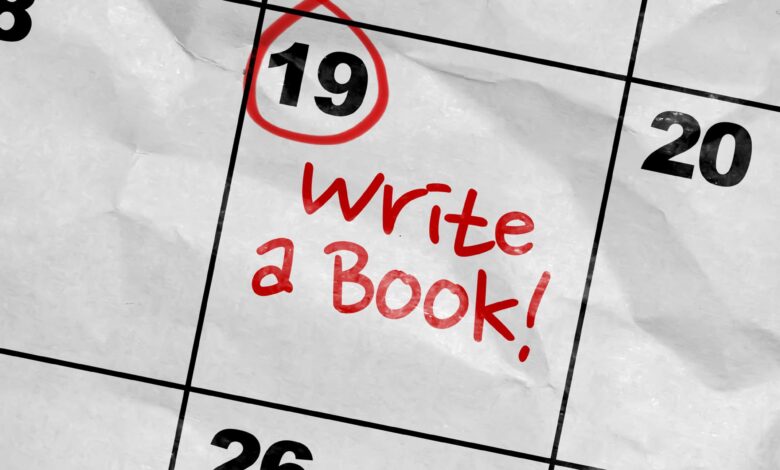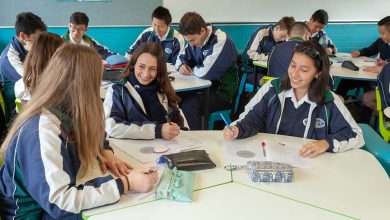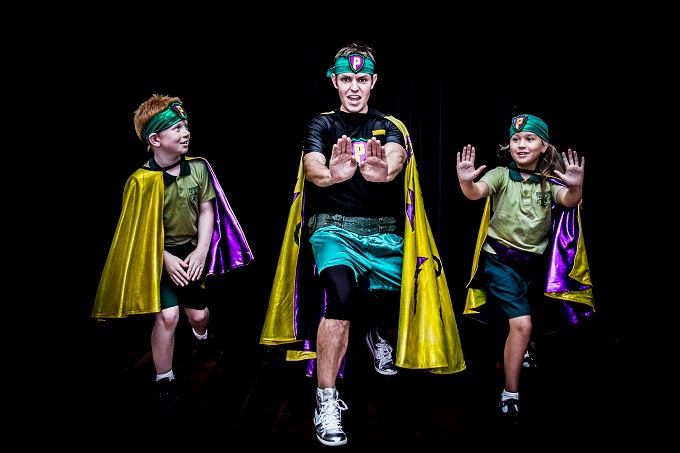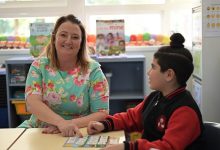Classroom publishing
Covering many key aspects of the Curriculum from Literacy to Social Capability to Information and Communication Technology, writing and publishing a class book can provide a range of classroom benefits that last well beyond the school year.

When I was in high school, our Lit teacher asked all the students in my year to submit a poem for a book that would be published. Excited at the prospect of seeing my name in print – something that has not diminished over the years – I penned a suitably moving ballad, printed it on my Dad’s DOS computer and folded it into an envelope.
The book, when it appeared later that term, was nothing more than photocopied A4 pages stapled together down the spine, with a single poem on each page but I was enchanted all the same. Technology has changed somewhat over the past thirty years, but the decision to make a class book can be just as inspiring. School News spoke with former teacher and now founder of Schoolyard Stories, Sophia Stefanos about the benefits to both students and teachers, of publishing a class book.
Options abound
A class book is an option from the early years all the way through to final year students and can include students’ poems or short stories, biographies and memoirs, recipes, jokes and artwork, and graduation or yearbooks that incorporate photographs, interviews and schoolwork. “The most common books that schools publish are compilation storybooks and graduation books,” said Sophia Stefanos. “A compilation storybook [is] where every child writes a one-page story. Some schools have a writing and/or art extension program and choose to publish the works of a few students who are passionate about writing and/or illustrating.”
At a school level, books can be used to highlight the diversity of the local community with a recipe book combined with stories of migration or folktales. Older students can write simple stories for younger children using decodable text or sight words. Local history can be celebrated by collating stories and recollections from the neighbourhood, teaching students how to interview and turn responses into a narrative.
While books can be used for fundraising or awareness-raising, donated to the school library or simply as keepsakes for a class, the process of researching, writing and publishing brings a wealth of benefits and can fit into most classes.
Educational benefits of publishing a book
The Australian English Curriculum requires that students be given the opportunity to create a range of texts including narratives, procedures and poetry. “The publishing process allows students at all levels to experience a variety of text and interact with peers and teachers throughout the development of their work,” said Sophia Stefanos.
“Storybooks cover key aspects of the Content Descriptions in Language, Literature and Literacy, namely; text structure and organisation, expressing and developing ideas, phonics and word knowledge as well examining, responding and creating literature. A cookbook project spans across the Language, Maths, Science, Health and Physical Education curriculum and may involve the entire school community.”
Writing a book enables students to engage and think both critically and creatively. The process can be quite simple, while the learning outcomes can be widespread, such as listening, reading, viewing, speaking, writing and creating, all as outlined in the English curriculum.
Options for classroom publishing
In addition to Schoolyard Stories there are a number of other Australian businesses dedicated to helping groups self-publish. Some focus specifically on yearbooks or cookbooks, while others offer a range of options. Alternatively, you can DIY by printing and binding books at your local office supplies store.
Outsourcing reduces the workload for teachers and as Sophia Stefanos says “Having been a teacher myself, the last thing I wanted was to add more to a teacher’s workload. Like any new project, your first book may feel a little overwhelming… [but] your students and school community will enjoy the books so much that you’ll want to make it an annual project. Publishing is an open-ended activity so each book will be completely different. However, because the process remains the same, you’ll be a pro by book two.”
I still have the page torn from that photocopied book with my twelve-line poem typed in the centre. It’s thirty years old, yet it still exists and touching it brings back a flood of memories of high school in the early 90s.
In a world where so much learning is done online, the end result of a class book is refreshingly real and tactile. Reading from a physical book is a sensory experience that can help to improve concentration and memory and years of research have shown that more information is retained when reading from paper versus a screen







